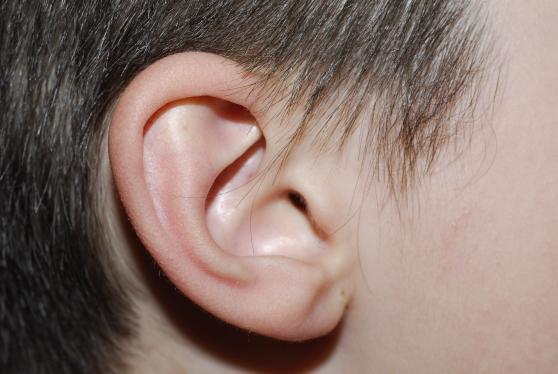
don’t even need to think about. You only think about the advantages of binaural hearing if one or both ears suffer from hearing loss. If hearing impairment in both ears requires a hearing aid, the hearing aids are usually fitted into both ears. Unilateral hearing impairment is usually not rehabilitated with the use of a hearing aid, if the other ear has normal hearing. In such cases the hearing impairment in one ear is compensated for using other non-technical methods.
Earlier a cochlear implant was only allowed for one ear, but nowadays children get cochlear implants for both ears, if the criteria for surgery are met. The children who have previously had surgery for only one implant can have another one implanted later. Decisions about surgery are made on the individual basis and affected by the child’s age, hearing and language development as well as how much hearing remains in the ear that hasn’t undergone surgery. For some children it is possible to achieve satisfactory binaural hearing using a (bimodal) combination of a hearing aid and a cochlear implant.
Advantages of binaural hearing
Head shadow effect
The head reduces the sound from the sound source to the further ear. The ear closer to the sound source helps the brain to interpret the sound more.
Binaural summation
Information that comes from both ears makes listening easier, since the sound arrives twice in the brain. Two different entries give the brain a better chance to understand what was heard.
Loudness squelch
The brain is better able to filter out noise when the sound comes from both ears.
Directional hearing
Two ears make it possible to locate the direction of the sounds.
Independence from one ear
If one ear should for one reason or another become unusable, the other ear can act as replacement.




